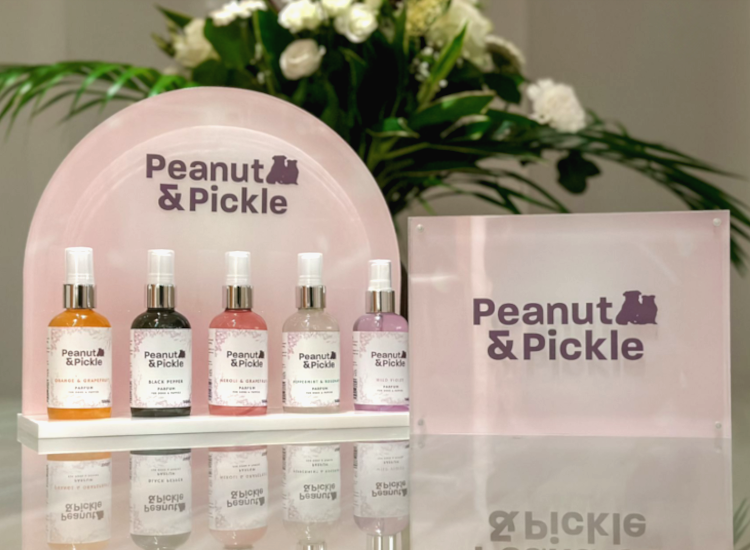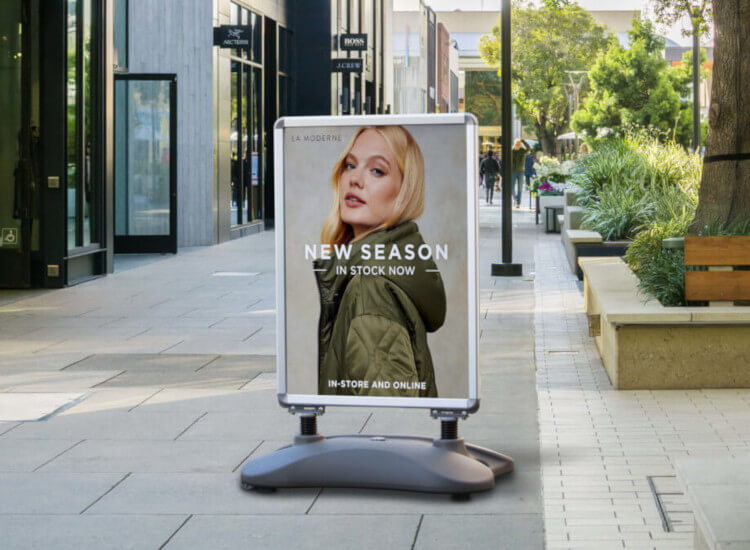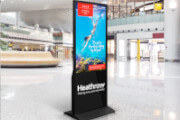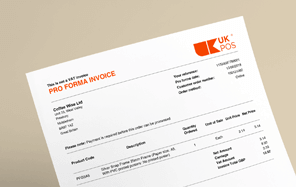Primary Schools: Creating Calm, Welcoming and Engaging Spaces

Calm, welcoming, and engaging spaces in primary schools make a real difference for the children's school experience. From corridor noticeboards to classroom door signs, well-designed displays shape a positive school atmosphere that supports children’s learning and belonging.
In primary schools, pupils spend most of the day in the same classroom, and parents are often in or around the building at drop-off and pick-up. Corridors, receptions, and shared areas therefore have a dual purpose: they guide younger children while also communicating clearly with adults.
Because many younger pupils cannot yet confidently read posters, displays need to be bright, simple, and visual, while parents and staff need clear, professional information at key points.
‘If all the walls are completely covered with lively displays [...] the environment created is just too distracting. Equally though, if the walls are left bare it is under-stimulating’ Professor Peter Barrett [1].
Calm Corridors for Younger Pupils
Even though corridors aren’t used for constant movement in primaries, they still become busy at coat pegs, lunchtime, and home time. Without structure, these areas can feel chaotic.
- Younger children often need visual prompts such as colours, icons, or animals, rather than text, to recognise spaces and move independently.
- Parents gathering at pick-up time need clear signage so they know where to wait and how to move safely
- Cluttered walls can distract children and make spaces feel disorderly; tidy, consistent displays reduce overstimulation
- Display ideas: Bright, themed door signs for classrooms and cloakrooms, noticeboards at adult eye level and pavement signs around the entrance for pick-up information, menus, or term dates
A Warm Welcome for Families
The reception is the first impression for families, governors, and visitors. It should feel friendly and professional while also celebrating pupils.
- Parents often look here for safeguarding contacts or health and safety updates, so these must be obvious and tamper-proof
- A reception can also showcase pupil achievements or school values, reinforcing the ethos from the outset
- Friendly, child-centred touches (like daily greetings or birthday boards) make the environment approachable for young children
- Display ideas: Lockable noticeboards for safeguarding or policy information; flipcharts or whiteboards for cheerful updates like “Word of the Day” or upcoming events
Turning Waiting Areas Into Interactive Zones
Spaces such as corridors near the hall, or the time before lunch, can be harnessed for interactive learning moments.
- Quick, engaging prompts help pupils channel energy positively while waiting
- Rotating puzzles, riddles, or word challenges create a sense of fun and curiosity
- These displays also encourage collaboration between pupils outside of formal lessons
- Display ideas: Snap frame poster displays or whiteboards with “Today’s Question” or quick maths puzzles, or mini whiteboard corners for group doodles and ideas

Celebrating Achievements Everywhere
Primary pupils respond positively when their work is displayed outside the classroom, encouraging pride and motivation.
- Regularly updated displays show pupils that their contributions are valued and prevent boards from going stale
- Work should be placed at pupil eye level, so children can easily see and recognise their achievements
- Shared displays (such as artwork, poetry and certificates) encourage pupils to look beyond their own classroom and celebrate the wider school community
- Display ideas: Noticeboards in dining halls or corridors for rotating displays, and suggestion boxes for older pupils (Year 5–6) to share ideas for clubs or eco-projects
Extra tip: Attach visuals with hook-and-loop tape, magnetic strips, pocket sleeves, or simply in snap frames. This enables fast updates without hassle.
‘Rooms with a balance of light colour or white walls with highlighting of a feature wall or organized bright display colours had the best correlation with learning progress’ [2].
Conclusion
In primary schools, the focus is on clarity, colour, and engagement for pupils, and clear communication for parents. With thoughtful use of noticeboards, lockable boards, door signs, flipcharts, and suggestion boxes, schools can transform corridors and receptions into calm, welcoming spaces that celebrate achievement and foster pride.
If you enjoyed this article...↗
Check out our Education Hub for more guides and insights...
-

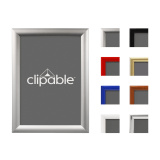
Snap Frame 25mm Frame
PFG In stockFrom: £3.20 ex. VATView -
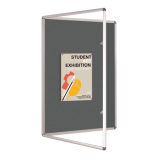
Lockable Noticeboard
TRN In stockFrom: £94.70 ex. VATView -

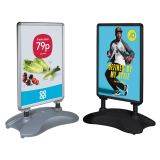
Water Base Pavement Sign
WPG7 In stockFrom: £69.50 ex. VATView -

Magnetic Whiteboard
DRW In stockFrom: £45.43 ex. VATView -
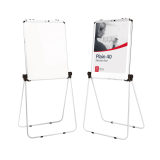
Flip Chart Stand with Magnetic White Board
FLP04 In stockFrom: £145.50 ex. VATView -


Lockable Snap Frame Silver
PFGT7 In stockFrom: £15.30 ex. VATView -
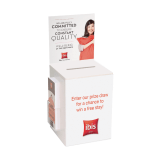
White Suggestion Box
PBP-30 In stockFrom: £41.60 ex. VATView -

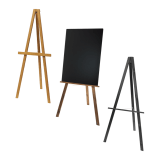
Freestanding Wooden Easel
EAS In stockFrom: £72.00 ex. VATView
References
1.
Russell, Dominique, ‘Creating an effective classroom display – what does the research say?’ (2021), Treacher Magazine, https://www.teachermagazine.com/sea_en/articles/creating-an-effective-classroom-display-what-does-the-research-say?utm_source=chatgpt.com.2.
Barrett, P., Davies, F., Zhang, Y., Barrett, L. (2015), ‘The impact of classroom design on pupils' learning: Final results of a holistic, multi-level analysi’s, Building and Environment, Vol. 89. https://doi.org/10.1016/j.buildenv.2015.02.013.




